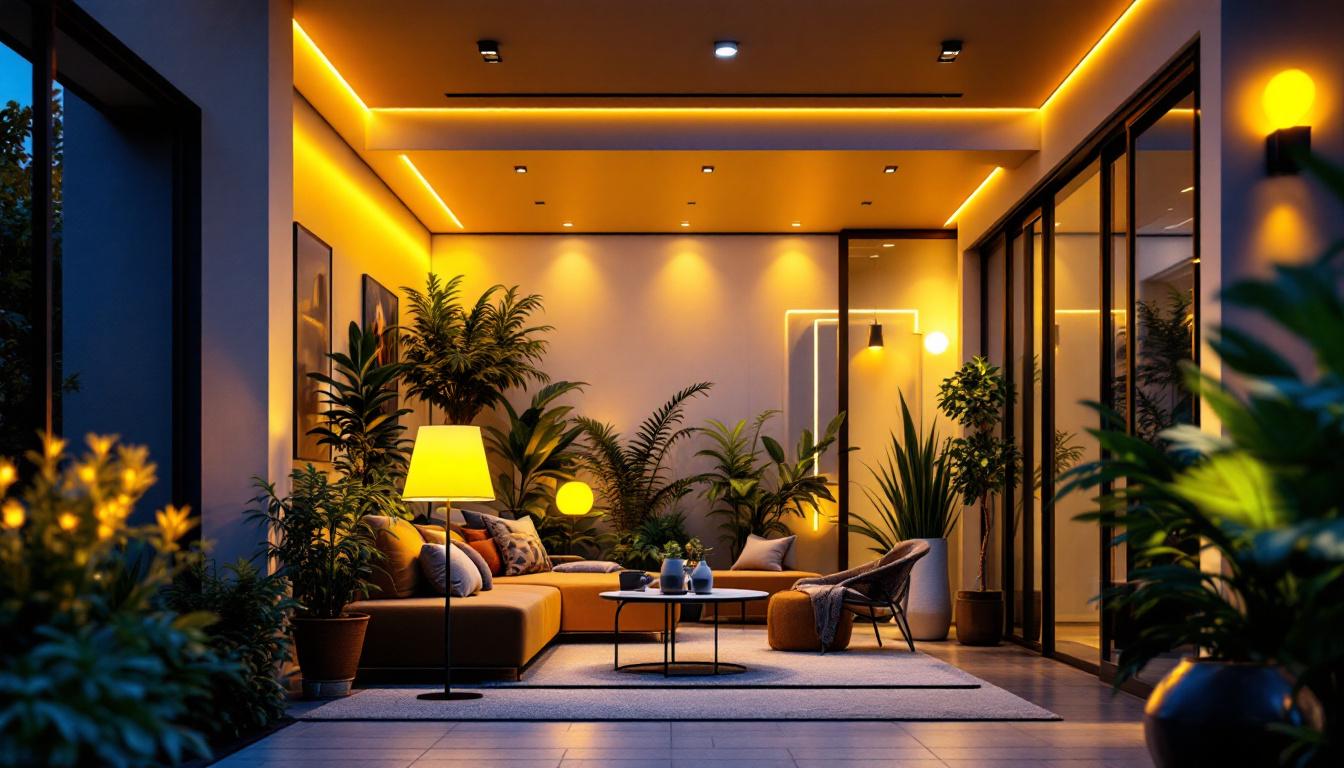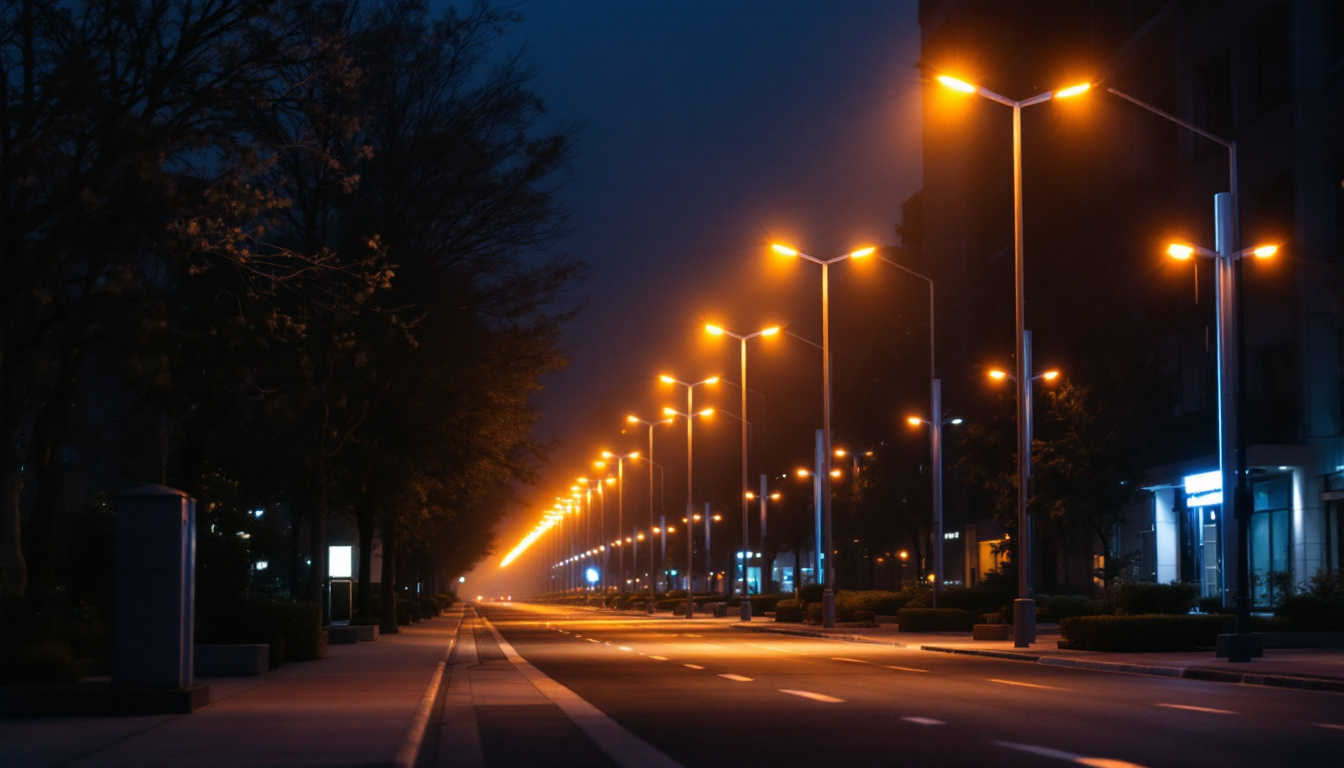
In today’s rapidly evolving technological landscape, lighting contractors face the challenge of designing and installing systems that not only meet current demands but also remain relevant and efficient for years to come. Future-proofing lighting projects is more than just a buzzword; it is a strategic approach that ensures longevity, adaptability, and sustainability.
Lighting systems are integral to a variety of environments—from commercial buildings and industrial facilities to public spaces and residential complexes. The investment in these systems is significant, and the cost of frequent upgrades or replacements can be prohibitive. Therefore, adopting future-proof strategies helps contractors deliver value to clients by minimizing disruptions and maximizing return on investment.
For lighting contractors, future-proofing is crucial because it directly impacts client satisfaction and business reputation. Clients increasingly demand solutions that are energy-efficient, scalable, and compatible with emerging technologies such as smart controls and IoT integration. Contractors who anticipate these needs position themselves as trusted advisors and industry leaders.
Moreover, regulatory landscapes are continually evolving, with stricter energy codes and sustainability standards becoming the norm. Future-proof lighting designs help ensure compliance over time, reducing the risk of costly retrofits or penalties.
Furthermore, the integration of advanced technologies such as LED lighting and automated control systems not only enhances energy efficiency but also provides opportunities for innovative design. By incorporating features like tunable white lighting and occupancy sensors, contractors can create environments that adapt to the needs of their users, improving both functionality and comfort. This adaptability is particularly important in spaces that serve multiple purposes, such as conference rooms or multi-use facilities, where lighting requirements can change dramatically throughout the day.
Another key aspect of future-proofing is the consideration of maintenance and operational costs. By selecting high-quality, durable materials and designs that facilitate easy upgrades, contractors can ensure that their lighting systems remain functional and efficient over time. This foresight not only reduces the likelihood of system failures but also enhances the overall user experience, as well-maintained lighting can significantly influence mood and productivity in various settings. As such, future-proofing becomes a vital investment in both the immediate and long-term success of lighting projects.
“`html
Future-proofing begins at the design stage, where thoughtful decisions can significantly extend the lifespan and functionality of lighting systems. Several key elements should be considered to build resilience and adaptability into projects.
LED lighting has revolutionized the industry by offering superior energy efficiency, longer lifespans, and improved light quality compared to traditional sources. However, future-proofing means looking beyond just installing LEDs—it involves selecting fixtures and drivers that support upgrades and integration with advanced controls.
For example, choosing LED modules with standardized form factors and replaceable components allows for easier maintenance and future enhancements. Additionally, opting for drivers compatible with dimming protocols and communication standards ensures the system can evolve alongside control technologies. As technology advances, the ability to incorporate tunable white lighting or even color-changing capabilities can enhance the ambiance of a space, making it more versatile for various functions and user preferences.
Smart lighting controls are no longer optional; they are becoming essential for energy management and user experience. Future-proof lighting projects incorporate systems capable of integrating with building automation platforms, occupancy sensors, daylight harvesting, and remote monitoring.
Lighting contractors should prioritize open protocols such as DALI, Zigbee, or Bluetooth Mesh, which promote interoperability and scalability. This approach enables clients to add functionalities or upgrade control systems without replacing entire lighting installations. Furthermore, with the rise of smart cities and connected environments, integrating lighting systems with IoT devices can facilitate real-time data collection and analytics, optimizing energy usage and enhancing safety through adaptive lighting strategies.
Lighting needs can change due to building renovations, tenant turnover, or evolving operational requirements. Designing lighting systems with modular components and scalable architectures allows for incremental upgrades and expansions.
For instance, using modular luminaires or track lighting systems enables easy reconfiguration. Similarly, installing wiring infrastructure that supports additional loads or control points prepares the site for future enhancements without invasive construction. This foresight not only reduces long-term costs but also minimizes downtime during upgrades, ensuring that spaces remain functional and aesthetically pleasing throughout their lifecycle. Additionally, considering the potential for renewable energy integration, such as solar-powered lighting solutions, can further enhance the sustainability and resilience of lighting designs.
“`
Beyond design considerations, successful future-proofing requires strategic planning, collaboration, and ongoing education. Lighting contractors can adopt several best practices to ensure their projects stand the test of time.
Understanding the client’s current and anticipated needs is foundational. Contractors should engage in detailed consultations to identify operational goals, energy targets, aesthetic preferences, and potential future changes.
This process may include evaluating building usage patterns, technology roadmaps, and sustainability objectives. A thorough needs assessment informs design decisions that align with long-term expectations rather than short-term fixes.
Future-proof lighting projects benefit from collaboration among architects, engineers, facility managers, and technology vendors. Early involvement of all stakeholders ensures that lighting integrates seamlessly with other building systems and infrastructure.
Partnering with reputable manufacturers who offer warranties, support, and upgrade paths also adds value. Contractors can leverage these relationships to stay informed about emerging products and best practices.
Energy efficiency is a cornerstone of future-proofing. Selecting high-efficiency LEDs, optimizing lighting layouts, and incorporating controls that reduce unnecessary usage contribute to lower operating costs and environmental impact.
Additionally, specifying products with recyclable materials and certifications such as ENERGY STAR or DesignLights Consortium (DLC) ensures adherence to sustainability standards that are increasingly demanded by clients and regulators alike.
Future-proofing extends beyond installation to include maintenance strategies that preserve system performance. Contractors should provide clients with detailed documentation, training, and service plans that facilitate proactive upkeep.
Using lighting management software can help monitor system health, predict failures, and schedule maintenance efficiently. This proactive approach reduces downtime and extends the useful life of lighting assets.
Examining real-world examples provides valuable insights into how future-proofing principles translate into practice. The following case studies highlight different approaches and outcomes.
A lighting contractor was tasked with retrofitting a multi-story office building to improve energy efficiency and occupant comfort. The project involved replacing outdated fluorescent fixtures with LED modules equipped with tunable white capabilities and integrating a wireless control system.
The contractor selected fixtures compatible with open protocols and designed the control network to allow for easy addition of sensors and integration with the building’s HVAC system. The retrofit resulted in a 50% reduction in energy consumption and enhanced user satisfaction, with the flexibility to adapt lighting scenes for various activities.
In a large retail store, the lighting contractor implemented a modular track lighting system that allowed for rapid reconfiguration to accommodate changing product displays and store layouts. The fixtures featured replaceable LED modules and drivers supporting multiple dimming standards.
This modular approach enabled the client to update lighting zones without extensive rewiring or fixture replacement, reducing downtime and costs. The system also integrated occupancy sensors and daylight harvesting controls, further enhancing energy savings.
A city council commissioned a lighting project for a public park with a focus on sustainability and future adaptability. The contractor installed LED streetlights with smart controls capable of remote monitoring and adaptive dimming based on pedestrian activity.
The fixtures were designed with standardized components to facilitate upgrades as technology advanced. The project not only improved safety and aesthetics but also reduced energy consumption by over 40%, demonstrating the benefits of future-proof design in public infrastructure.
Staying ahead in the lighting industry requires awareness of emerging trends that will influence future-proofing strategies. Lighting contractors should monitor these developments to maintain a competitive edge.
Human-centric lighting focuses on optimizing light quality to support health, well-being, and productivity. This includes dynamic tuning of color temperature and intensity to mimic natural daylight cycles.
Future-proof projects increasingly incorporate fixtures and controls capable of delivering these effects, responding to growing demand in office, healthcare, and educational environments.
Digital twins—virtual replicas of physical buildings—enable advanced simulation, monitoring, and management of lighting systems. Contractors who design lighting with data integration capabilities can support clients in leveraging these technologies for predictive maintenance and energy optimization.
Innovations such as wireless power transfer and light-based communication (Li-Fi) promise to transform lighting infrastructure. While still emerging, these technologies could enable new functionalities and reduce wiring complexity, making early consideration advantageous.
Future-proofing lighting projects is a multifaceted endeavor that requires foresight, technical expertise, and collaboration. By embracing LED technology with upgrade paths, integrating smart controls, designing modular systems, and prioritizing energy efficiency, lighting contractors can deliver solutions that stand the test of time.
Proactive planning, stakeholder engagement, and continuous learning about emerging trends further enhance the ability to meet evolving client needs and regulatory requirements. Ultimately, future-proof lighting projects not only protect investments but also contribute to sustainable, adaptable, and intelligent built environments.
“`html
Ready to elevate your lighting projects and secure your reputation as a forward-thinking contractor? LumenWholesale is here to support your journey towards future-proof lighting solutions. With our spec-grade lighting products at unbeatable wholesale prices, you can confidently meet the highest industry standards while enjoying significant savings. Say goodbye to inflated markups and hello to a vast selection of reliable, high-performance lighting that will keep your projects shining for years to come. Make the smart choice for quality, affordability, and convenience. Take the first step towards resilient, sustainable lighting design with Wholesale Lighting at the Best Value from LumenWholesale.
“`

Discover everything lighting contractors need to know about cable grippers in this comprehensive guide.

Discover the pivotal role street pole lights play for lighting contractors in urban planning and safety.

Discover how lighting contractors can elevate their craft with expert tips and strategies in mastering post top lighting.

Discover the versatility of goose neck lights and how they can transform your lighting solutions.